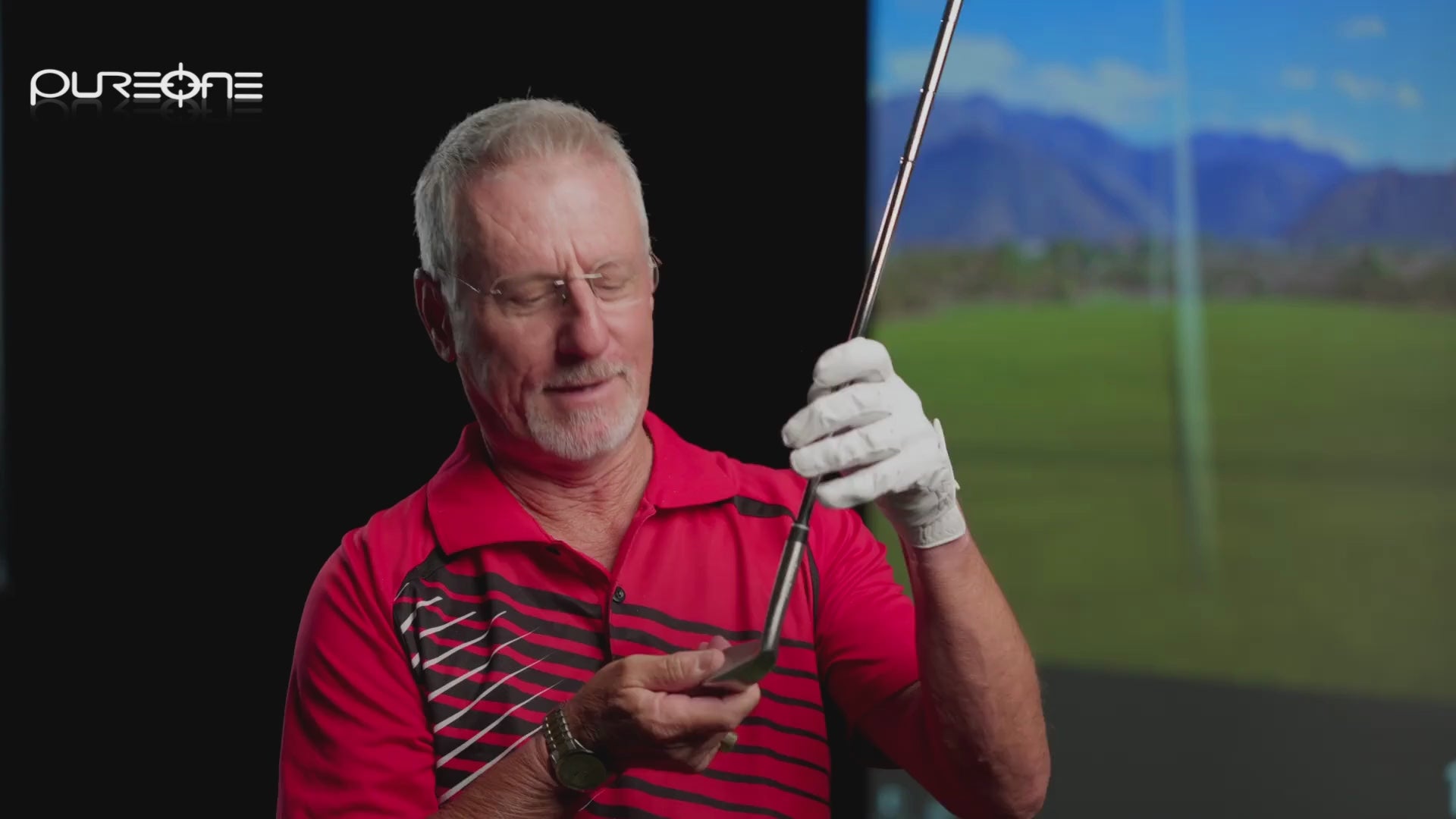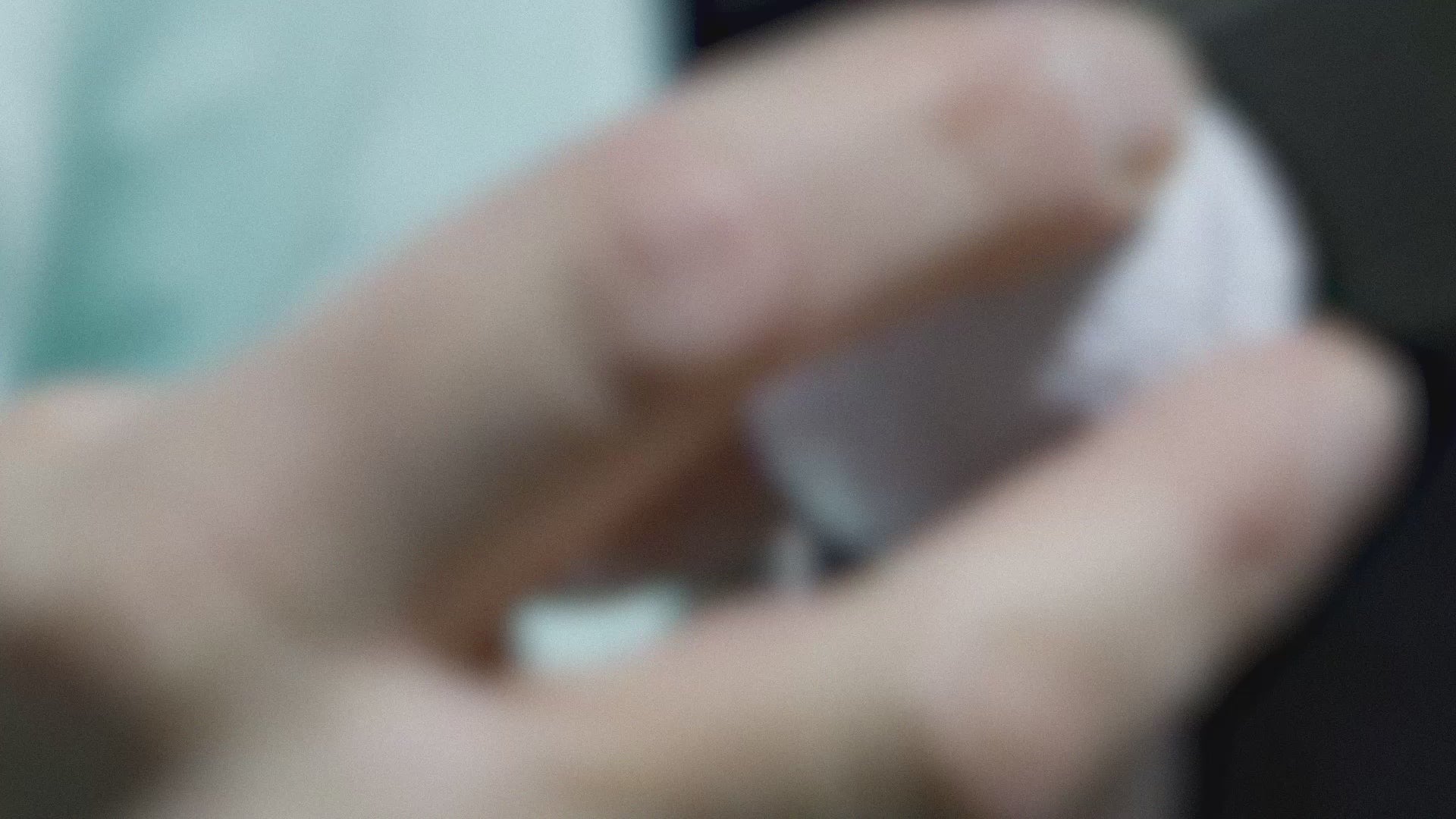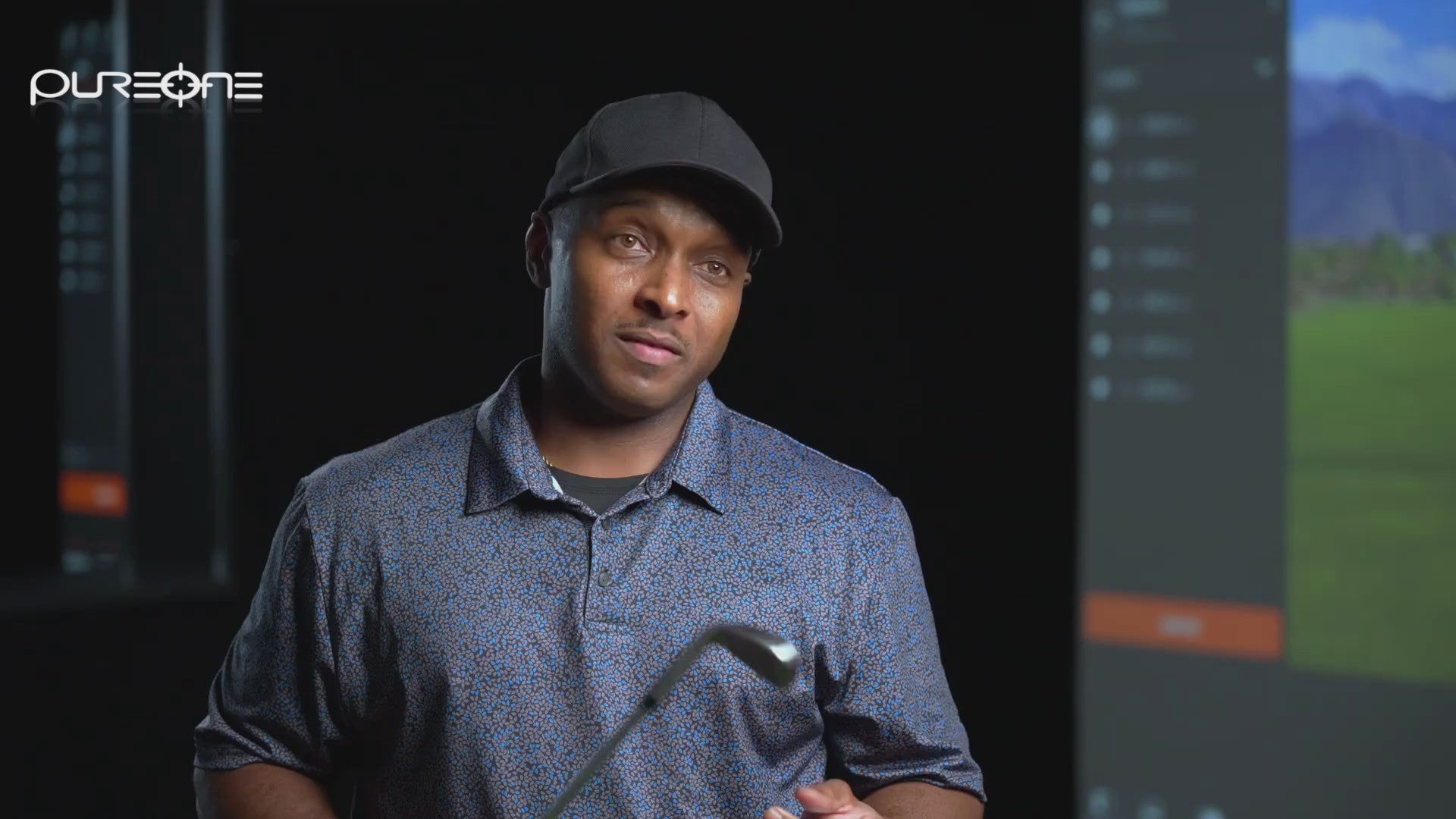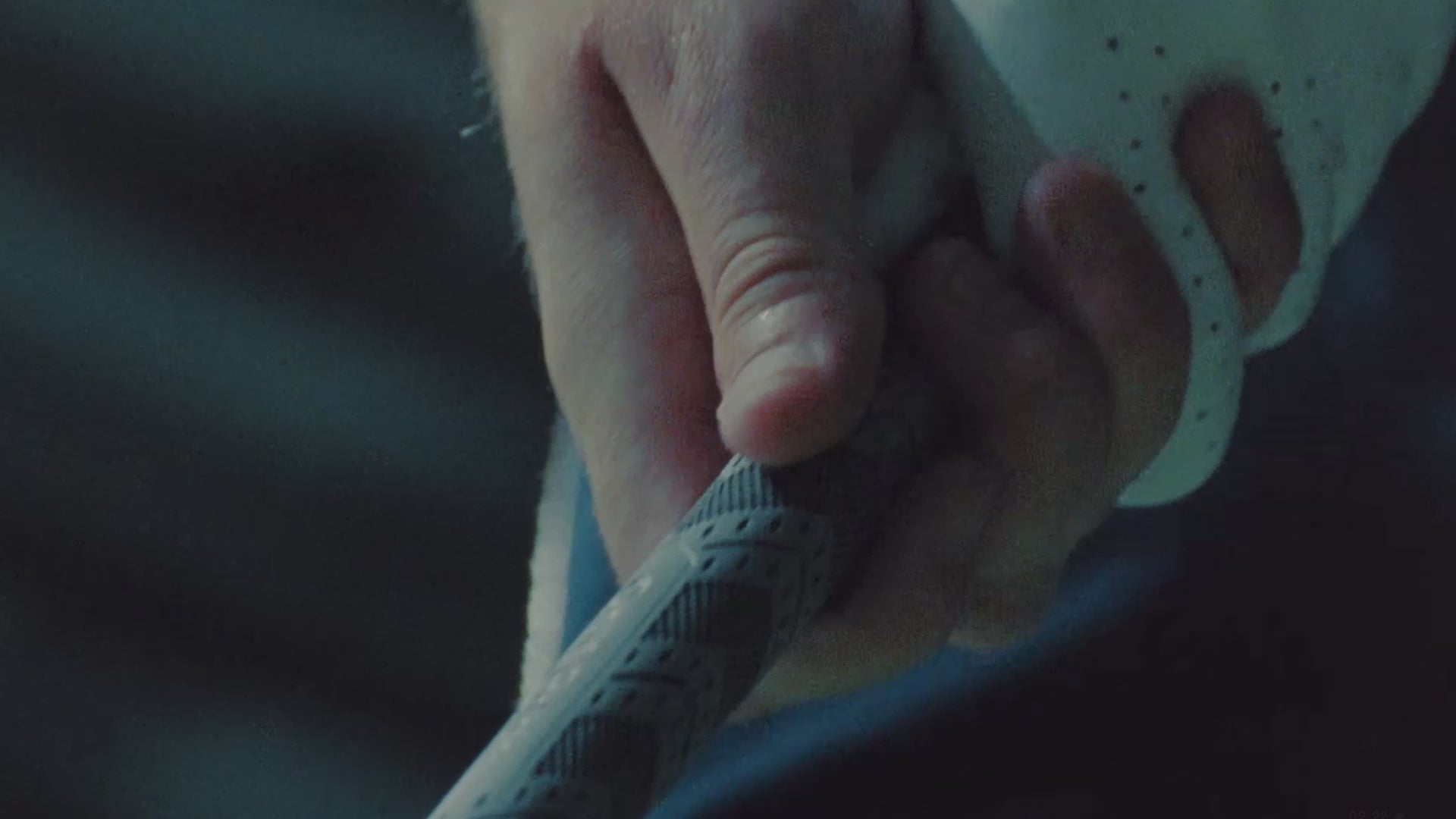This Ball-Striking Skill is the Key to Puring Iron Shots
Mar 26, 2025
If you've ever watched pro golfers hit iron shots, you've probably noticed something magical: that distinctive "thump" sound, followed by a divot that appears after the ball is struck.
What you're witnessing isn't magic, it's compression — and it might be the most misunderstood skill in golf.
As a PGA Professional, I've spent decades helping golfers of all levels. The difference between bad or weak shots and consistently great shots? Learning how to properly compress the golf ball.
But here's the problem: Most amateur golfers are doing the exact opposite of what creates compression. With the help of PureOne, you'll be able to practice this feeling on the driving range
The Compression Misconception
When most amateur golfers try to hit down on the ball to compress it, they make a critical error.
They attempt to force the clubhead into the ground by lunging forward, dropping their lead shoulder, or, worst of all, trying to "help" the ball into the air.
The result? Either a thin or fat shot, or a frustrating "spinless wonder" that lands on the green and rolls clear off the back.
Real compression isn't about hitting down aggressively. Instead, it's about delivering the clubhead to the ball with a descending blow while your body rotates towards the target. This creates the pressure that squeezes the ball between the clubface and the ground, generating that pure strike we all crave.
What Happens When You Compress the Ball
When you compress a golf ball properly, several things happen simultaneously.
The clubhead approaches the ball on a descending angle of attack, your hands are slightly ahead of the clubhead at impact, your weight shifts towards your lead side, and, most importantly, your body rotates through the shot.
This combination creates that magical moment where the ball gets caught between the descending clubface and the ground. The ball literally gets compressed, storing energy that releases as it leaves the clubface, resulting in those penetrating iron shots that seem to bore through the wind.
The best ball-strikers in the world aren't trying to hit down on the ball. Instead, they're just delivering the club to the ball in the correct sequence while their body rotates through impact.
Try this Compression Drill to Change your Ball-Striking
Here's a simple golf drill that I've used with thousands of students, which creates an immediate improvement in compression.
Find a practice area with grass (not a mat since you need to see the divot). Place a tee in the ground and push it all the way down so just the top is visible. Now, set up to the tee as if it's your golf ball.
Make a normal swing, but with one crucial difference: Your goal is to strike the ground on the target side of the tee, not at or behind it. Specifically, try to take a divot that starts about an inch in front of the tee.
The first few attempts might feel strange, as you'll likely hit the tee or just miss it completely. But keep practicing, focus on shifting your weight to your lead side, and make sure you rotate your chest through impact.
Once you consistently miss the tee and take a divot in front of it, replace the tee with a ball. The sensation should be identical — just remember to swing through the ball, with the ball simply getting caught in the path of your descending clubhead.
What's fascinating is how quickly this changes both the feel and the flight of your shots. Students often look up in disbelief when they see how much lower, stronger, and more controlled their golf shots become.
So master this skill to finally compress the golf ball, adding more power and control to your iron shots.
Brendon Elliott is an award-winning PGA Professional and golf coach, having earned 25+ Prestigious Industry Awards in his career. As a freelance writer, his golf instruction articles have also been published by PGA.com, PGA Magazine, Golf.com, and GolfWRX. You can discover more about Elliott on his website.






